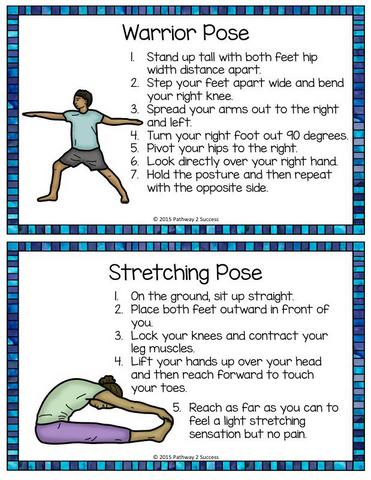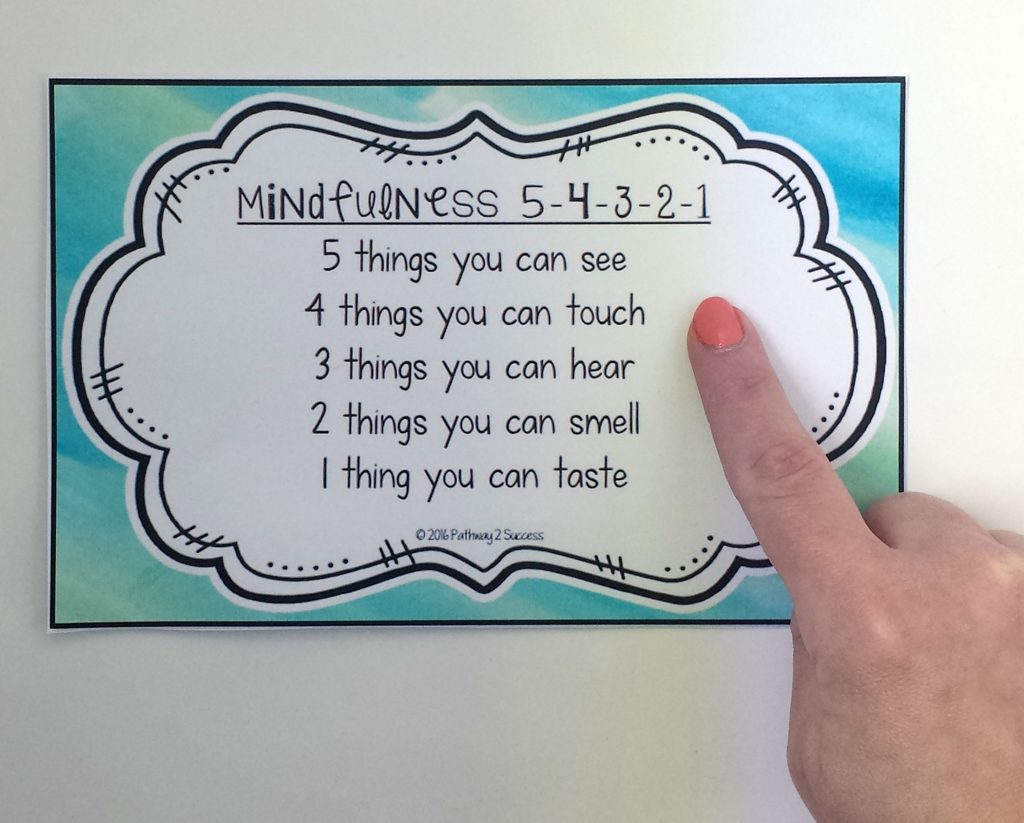What You Need to Understand About Generation Z Students
Each new generation of students we teach requires different teaching and learning strategies. Unfortunately, our pre-service education experience likely did not prepare most of us for the students we teach today. Some of our experiences might have been so reliant on theory that when we got into the classroom, we didn’t even know how to meet students’ needs effectively. If we’re not meeting our students’ needs, it might be time to re-evaluate our teaching methods. With generational changes, it is pertinent to reflect on our practices and understand what is or isn’t working to create the best learning environment for students.
To do this, we must first understand who our students are. Right now, our Generation Z students present a unique set of challenges. What may have worked in the past might not be working now. To reach our current Gen Z students, let’s dive into who they are and what they need.
Understanding Generation Z Students
Generation Z is often referred to as post-millennial, iGeneration, and digital natives. The Pew Research Center describes this age group as anyone born after 1997. While there is not yet a set end date for this generation, as of 2020, the oldest members are twenty-three years old, and the youngest will turn eight this year. This means the majority of our current K-12 students are part of Generation Z.

Here are five important factors we must consider as we plan and create instruction for our K-12 art students.
1. Gen Z students were born into technology.
Gen Z students are digital natives, meaning they have little or no memory of the world as it existed before smartphones. Previous generations lived through the computer and internet revolutions, while they’ve only known a world with high-tech opportunities. Have you ever tried to explain dial-up internet to your students? A world reliant on landlines has them scratching their heads trying to understand. If you’re looking for a little nostalgia, play this dial-up sound and reminiscence about simpler times.
It’s vital to understand our students’ relationship with technology. While they are no strangers to technology, there are misconceptions about calling them “tech-savvy.” It’s not wise to assume that because they have been exposed to technology since they were born, they know how to use it proficiently and effectively. A 2018 study showed that 95% of Gen Z teens have a smartphone. Because so much classroom learning doesn’t rely on mobile devices, and instead, on computers, our perception of “tech-savvy” for educational purposes isn’t accurate. Have you ever watched a student type on a mobile device or tablet in comparison to a computer? You will note that watching them type on the latter is painfully slow. We have to remember these students grew up typing with their thumbs.

While these digital natives learn new technology quickly, it’s important not to assume they know how to do everything. Most students did not have formal keyboarding classes or spend a great deal of time learning computer applications. So, when we introduce new computer technologies for instructional purposes, it’s important to dedicate time to properly teach how to use the platform. Students can use this as a starting point to amaze us with their tech skills.
2. Gen Z students are no strangers to diversity.
Our Generation Z students are the most diverse group yet. Nearly half identify as nonwhite and come from ethnic and racially diverse backgrounds. The majority of this generation also believes diversity is good for society and are more willing to side with those who speak out against inequality. It’s also important to note that in comparison to 25% of millennials, 35% of Gen Zers know someone who prefers gender-neutral pronouns. While the two generations seem to share similar viewpoints on this matter, the higher percentage is attributed to increased inclusivity exposure for those who don’t identify as either male or female.

Art educators need to provide students with an inclusive and diverse curriculum. This means sharing diverse artists and teaching with inclusivity, without stereotypes and bias. Below you will find a list of resources to support inclusive teaching practices.
How to Avoid a Biased Curriculum
6 Latino Artists Your Students Will Love
Why Transgender Representation in the Art Room Matters: Interviewwith Rae Senarighi
How to be a Culturally Responsive Art Teacher
Considering Cultural Appropriation in the Art Classroom
The Black Student Truth: A Series to Share Student Voice
Inclusivity for All Learners in the Art Room
How to Better Support Your Marginalized Students
5 LGBTQ+ Artists You Should Know
3. Gen Z needs to take care of their mental health.
It’s no surprise that the increase in social media exposure and cyberbullying is linked to higher suicide and depression rates. The SocialDilemma Documentary revealed that the suicide rate in girls age ten to fourteen has increased by 150% in the last ten years. Non-fatal self-harm rates in this age group have nearly tripled since 2009. Those numbers indicate that our students have a lot on their minds. There is a huge push for social and emotional learning, and that’s because our students need it! Our students need to find ways to regulate their emotions and cope with the difficulties they face. Here are some SEL tools to use in the art room.
5 Ideas to Help You Bring SEL into Your Teaching
5 SEL Lessons That Actually Work with Secondary Students
50 Activities that Support Social and Emotional Learning
The Best Way to Start Work Time
The Benefits of Using an Art Room Mantra
5 Simple Mindfulness Activities Perfect for the Art Room
How to Support Social and Emotional Learning through Choice
4. Gen Zers will tune out if it’s not important.
Generation Z students have endured more standardized testing than any other generation. If the content we are teaching can’t be seen as important or is being “taught for the test,” our students simply don’t care. While this mentality has caused creativity to suffer tremendously, our students might be apathetic or resistant to learn if we do not highlight our teaching and learning methods’ relevance and clearly state the importance of what we are teaching.

Along with the need for rationalizing, Gen Zers have shorter attention spans. Our instruction needs to reflect this. Here are some tips to consider.
- Use visuals.
- Keep slideshow presentations short.
- Students need variety. Try delivering your instruction in different formats.
- Consider flipping your classroom for self-paced learning.
- Create an active learning environment.
- Incorporate soft skills when you can.
- Keep video instruction to less than six minutes.
5. Gen Z wants immediate feedback.
Because of the instant gratification that social media and access to the internet provide, students don’t have the patience to wait. That’s why when students turn in an assignment, they can’t always rationalize why you haven’t graded it immediately (even if it was two weeks late). Or, how about receiving an email at three a.m. from a student who needs help on an assignment? You may see the student in class the next day appalled that you didn’t respond while you were sleeping, and they couldn’t finish their work. To avoid situations like this, it’s important to express expectations and rationalize what’s going on.
Here are two things to try:
1. Set boundaries. Communicate with your students that you are not always online and can respond to messages during certain times of the day.
2. Rationalize why you can’t grade or give immediate feedback. While it might seem obvious, sometimes our students forget that we teach hundreds of students.
At the end of the day, we want to do what is best for our students. We want to prepare them for the real world. Preparing students for the real world might include extending deadlines, allowing retakes, allowing resources on tests and quizzes, pursuing their passions, and giving students time off. Our Generation Z students should cause us to reflect on our teaching practices. If we aren’t changing with our students, are we really doing the most for their learning?
How do you support your Generation Z students?
What have you changed over your years of teaching to adapt to students’ needs?









